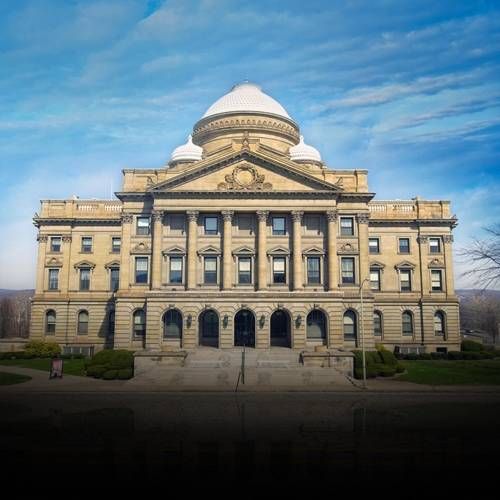Click here to subscribe today or Login.
It’s not an easy thing to swallow. Luzerne County is expecting an impressive $11.6 million windfall through one-time receipts. A property tax increase is under consideration. Yet the advice residents are hearing: Don’t use any of the $11.6 million to avoid the tax hike.
Yet the advice is sound, and should be followed. This is a case of avoiding short-term gratification for long-term gains that far outweigh the immediate benefit.
Both County Manager C. David Pedri and Harrisburg-based Public Financial Management, a consultant in county finances, urged the bulk of the money — $8.6 million — be put into the county pension fund, and the rest be set aside in a reserve.
The argument may not be easy to take when you see your tax bill rise, but here it is: Since this is a one-time shot of cash, putting it in the general fund means a one-time solution to a recurring structural deficit. We’ve seen a lot of that, particularly at the state level in recent years, and it is always a failed policy.
It’s simple: Recurring money shortfalls inevitably need to be fixed by raising taxes or reducing spending. Papering over a shortfall with gimmicks or one-off options kicks the proverbial can down the road, allowing the underlying problem to fester and re-emerge, uglier than the last time.
Using the money to make a timely payment on pension debt is actually the opposite. It prevents putting off a nagging problem that can and does grow.
Public pensions have become the black hole of many government budgets. They create chronic red ink as politicians gamble by avoiding payments needed now to meet future obligations. The longer those payments are delayed, the deeper the red ink.
Because pension payments may not come due for years or even decades, the danger of the problem may not become glaring until it is simply too late to fix, while a little action early and often could have prevented the problem to begin with.
As Jennifer Learn-Andes noted in Wednesday’s story, paying into the pension fund has an important added bonus. The pension fund is invested, and money made from that investment goes back into the fund.
Right now, the county pension fund is making a healthy 8 percent return. At that rate, $8.2 million would reap $689,553 in one year. That’s a pretty hefty dent in the ongoing strain of fulfilling pension obligations.
It is glib to counter that the pension problem is a “greedy union” problem, and thus does not merit this payment into the pension fund.
First, it doesn’t matter how we got here, the pension obligation is real. The choice is basic: pay it or default, and the latter would certainly lead to legal battles and dangerous credit downgrades. The cost would almost surely be too high to bear.
Second, it takes two sides to negotiate a union pension, and in some cases, the decision is made by a third party like the state Legislature setting teacher pension rates.
Blame can be spread around; the solution remains the same: Pay the bill.





